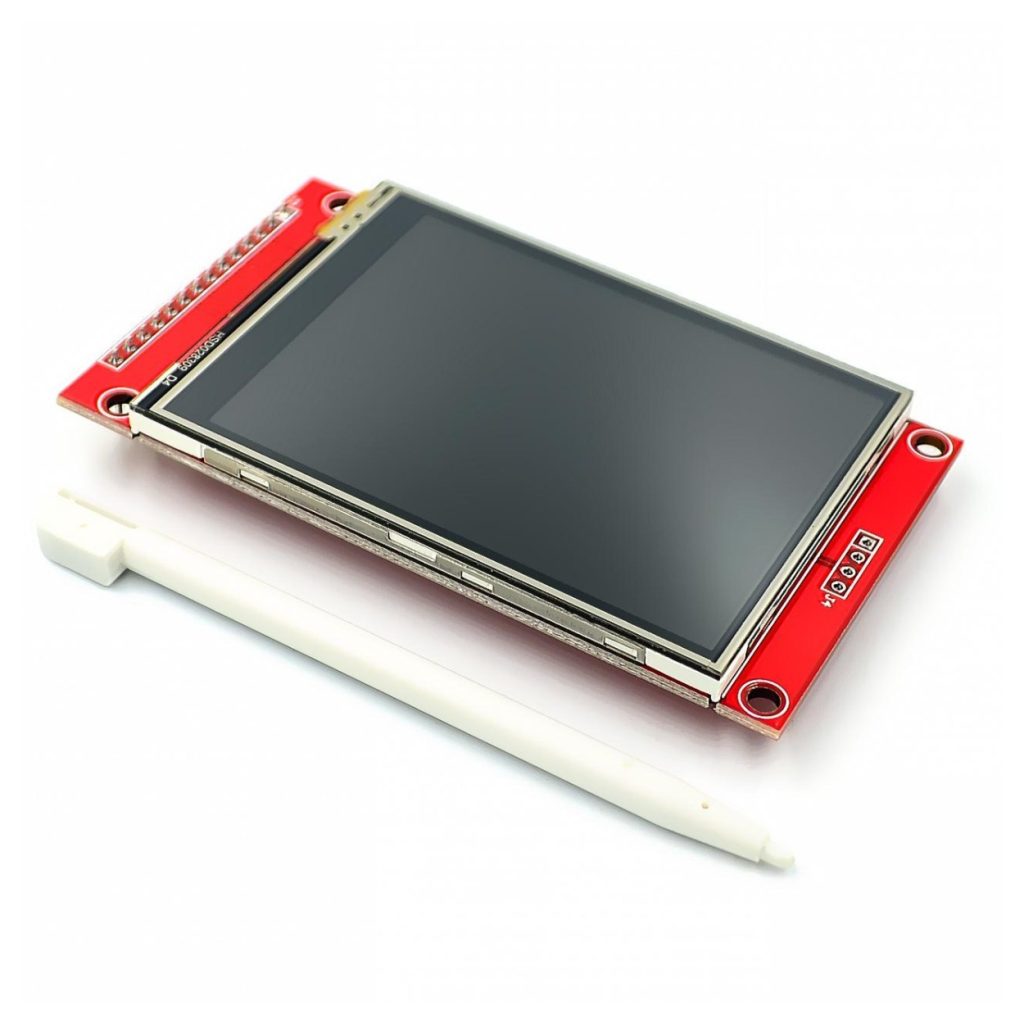Thin-Film Transistor Liquid Crystal Display (TFT LCD) technology has revolutionized visual displays, offering high-resolution images with vibrant colors and excellent clarity. This article delves into the intricacies of TFT LCD technology, its evolution, applications, advantages, and future advancements.
Evolution of TFT LCD Technology
TFT LCD technology emerged in the late 1980s as an evolution of traditional liquid crystal displays (LCDs). It introduced thin-film transistors (TFTs) to control individual pixels, improving image quality and response times. Since then, TFT LCD technology has undergone continuous refinement, leading to higher resolutions, faster refresh rates, and lower power consumption.
Understanding TFT LCD Technology
TFT LCD displays consist of several layers, including a backlight, color filters, liquid crystal cells, and TFTs. The TFTs act as individual switches for each pixel, allowing precise control over the display’s output. When an electric current is applied, the liquid crystal cells change their orientation, modulating the amount of light passing through and creating images.
Types of TFT LCD Displays
There are several types of TFT LCD displays, each tailored for specific applications. Twisted Nematic (TN) TFT displays offer fast response times and are suitable for gaming and multimedia applications. In-Plane Switching (IPS) TFT displays provide superior color reproduction and wider viewing angles, making them ideal for professional use and high-end consumer electronics.
Advantages of TFT LCD Displays
TFT LCD displays offer several advantages over traditional LCD displays. They provide higher resolutions, sharper images, and better color accuracy. TFT LCD displays also consume less power, making them more energy-efficient. Additionally, TFT LCD displays are thin and lightweight, making them suitable for a wide range of applications.
Applications of TFT LCD Displays
TFT LCD displays find applications in various industries and devices. In consumer electronics, they are used in smartphones, tablets, laptops, and televisions. In the automotive industry, TFT LCD displays are used in dashboard displays, infotainment systems, and rear-seat entertainment systems. They are also used in medical devices, industrial equipment, and aerospace displays.
Future Trends in TFT LCD Technology
The future of TFT LCD technology is promising, with ongoing research focusing on improving image quality, reducing power consumption, and increasing flexibility. One emerging trend is the development of flexible TFT LCD displays, which can be bent or curved to fit different form factors. Another trend is the integration of advanced backlighting technologies, such as Mini-LED and Micro-LED, to improve contrast ratios and color accuracy.
Conclusion
In conclusion, TFT LCD technology has transformed visual displays, offering high-quality images with excellent clarity and color reproduction. With continuous advancements, TFT LCD displays are expected to become even more versatile, energy-efficient, and visually stunning, shaping the future of visual technology.



